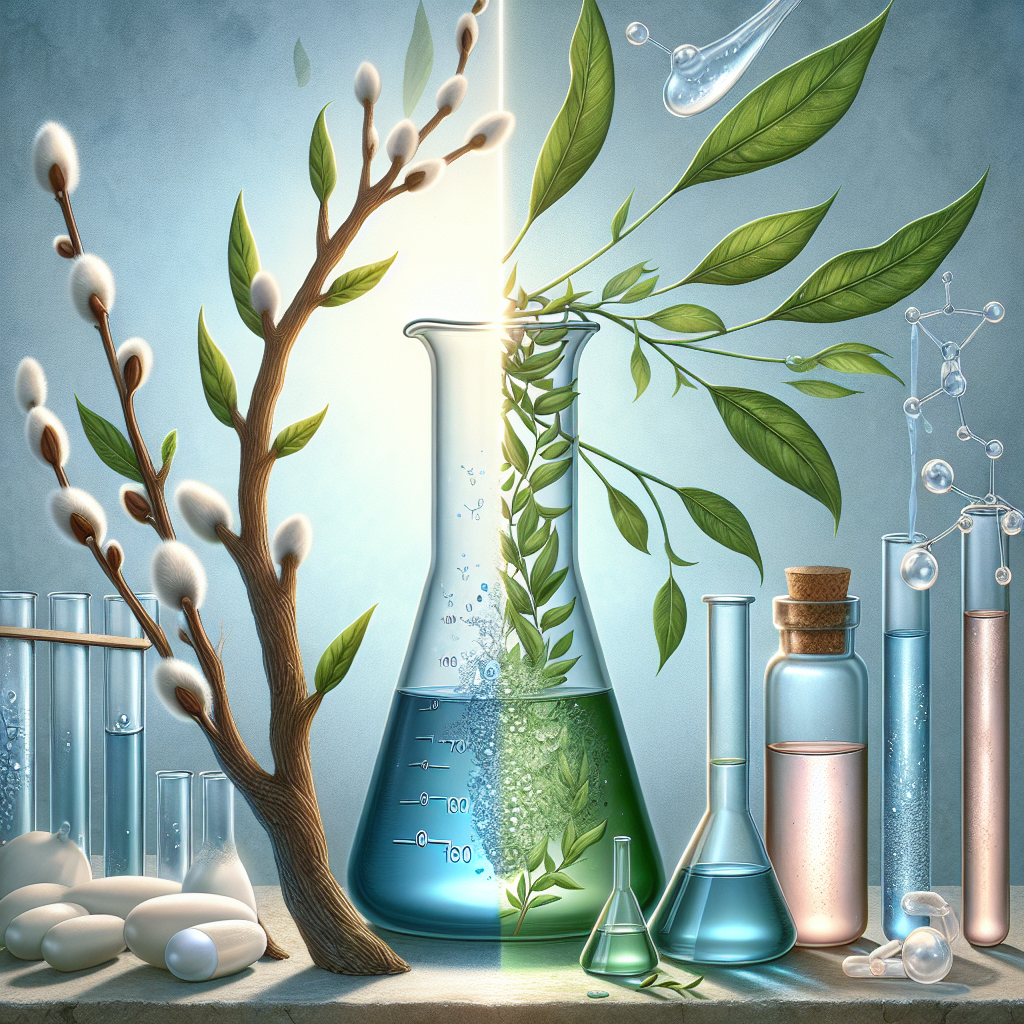The Evolution of Acne Treatments: What Has Changed Over the Years?
Acne, a common skin condition affecting millions globally, has been a source of frustration for centuries. From ancient remedies to modern breakthroughs, the treatment of acne has significantly evolved. This journey through acne treatments not only highlights the progress in dermatology but also offers hope for clearer skin. Let’s delve into how acne treatments have changed over the years and what innovative solutions are available today. 🌟
Table of Contents
1. Ancient Remedies
2. Early Modern Treatments
3. The Rise of Medical Treatments
4. Natural and Holistic Approaches
5. Modern Technological Advancements
6. Conclusion
7. FAQs
Ancient Remedies
Acne treatments date back to ancient civilizations, where natural ingredients played a critical role. Egyptians used sulfur to treat acne, a practice documented around 2000 BC. Sulfur, known for its antibacterial properties, is still used in some modern-day acne treatments. Meanwhile, across the globe, Ayurvedic medicine in India utilized turmeric and sandalwood to soothe inflamed skin.
These ancient practices reflect the early understanding of acne’s inflammatory nature and the need for antibacterial solutions. Although rudimentary, these treatments laid the foundation for future discoveries.
Early Modern Treatments
Jumping to the 19th and early 20th centuries, the approach to acne became more scientific. The introduction of salicylic acid marked a significant advancement. Derived from willow bark, salicylic acid helps exfoliate the skin, unclogging pores and reducing inflammation. This period also saw the rise of benzoyl peroxide, an ingredient still widely used today for its powerful antibacterial effects.

During this time, dermatologists began to understand the importance of skincare regimens, emphasizing cleansing and exfoliation to manage acne.
The Rise of Medical Treatments
The mid-20th century brought about a revolution in acne treatment with the advent of antibiotics and retinoids. Tetracycline became one of the first antibiotics prescribed for acne, targeting bacterial growth on the skin. Meanwhile, retinoids, derived from vitamin A, helped regulate skin cell turnover and prevent clogged pores.
These treatments marked a significant shift towards systemic solutions, addressing acne from within rather than just topically. However, they also introduced new challenges, such as antibiotic resistance and the need for prescription management.
Natural and Holistic Approaches
In recent decades, there has been a resurgence in natural and holistic acne treatments. Consumers are increasingly interested in understanding the root causes of acne, including diet, stress, and overall lifestyle. Ingredients like tea tree oil, which has natural antibacterial properties, have gained popularity as gentler alternatives to harsh chemicals.
Moreover, holistic approaches emphasize the importance of nutrition and mental health in maintaining clear skin, advocating for a more comprehensive view of acne management.
Modern Technological Advancements
The 21st century has ushered in a new era of acne treatments, driven by technology and innovation. Laser therapy and light-based treatments have become popular for their ability to target acne-causing bacteria and reduce inflammation without traditional side effects. Blue light therapy, in particular, has shown promise in treating moderate acne effectively.
Furthermore, advancements in topical treatments continue, with formulations becoming more sophisticated and tailored to individual skin types. The rise of personalized skincare regimens, supported by AI and dermatological research, offers hope for more effective solutions.
Conclusion
The evolution of acne treatments reflects the progress of medical science and our growing understanding of skin health. From ancient remedies to cutting-edge technologies, each step has brought us closer to effective solutions for acne-prone individuals. While challenges remain, the future of acne treatment looks promising, with ongoing research paving the way for innovative therapies. 🌿✨
FAQs
Q: Can diet really affect acne?
A: Yes, diet can influence acne. Foods high in sugar and dairy may exacerbate acne in some individuals. It’s important to monitor your diet and observe how your skin reacts.
Q: Are natural remedies as effective as medical treatments?
A: Natural remedies can be effective for mild cases of acne, but severe cases often require medical treatments. It’s best to consult with a dermatologist to determine the most suitable approach for your skin.
Q: How long does it take for acne treatments to show results?
A: This varies depending on the treatment and skin type. Most topical treatments take 4-8 weeks to show significant improvement, while systemic treatments may take longer.
Q: Is it safe to use multiple acne treatments at once?
A: Combining treatments can be effective but should be done cautiously to avoid skin irritation. Consulting a dermatologist can help tailor a safe and effective regimen.
With these insights and advancements, navigating the world of acne treatments becomes a more informed and hopeful endeavor. Remember, patience and consistency are key in achieving clearer skin. 🌼
